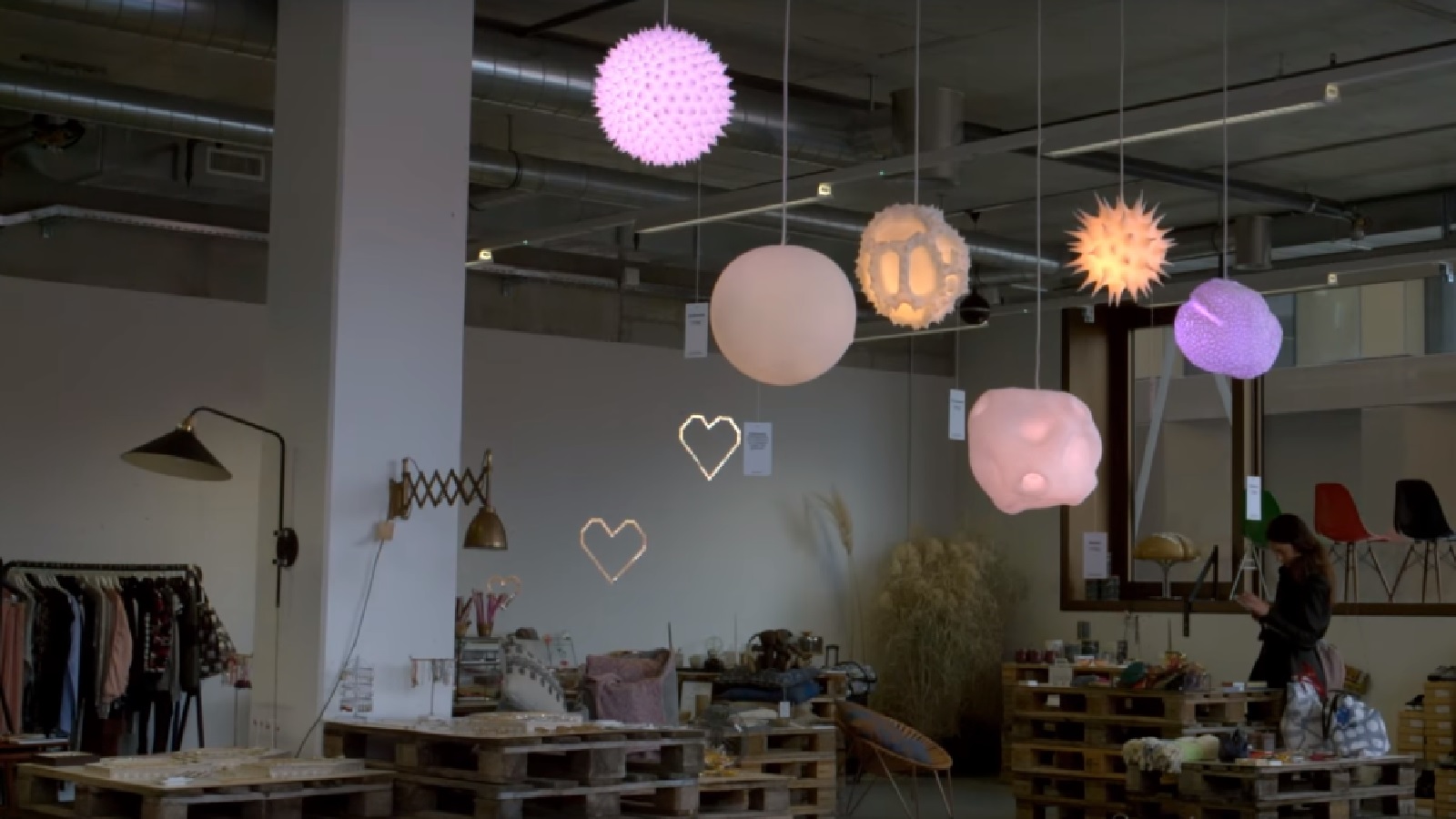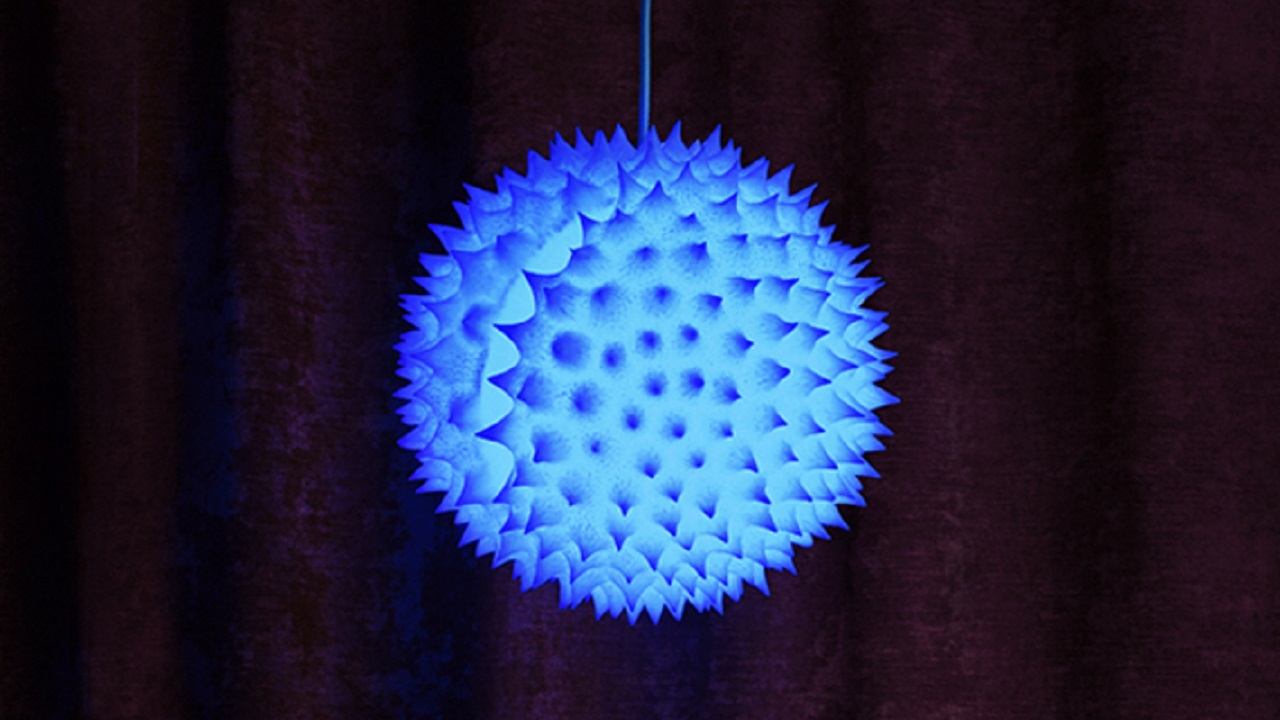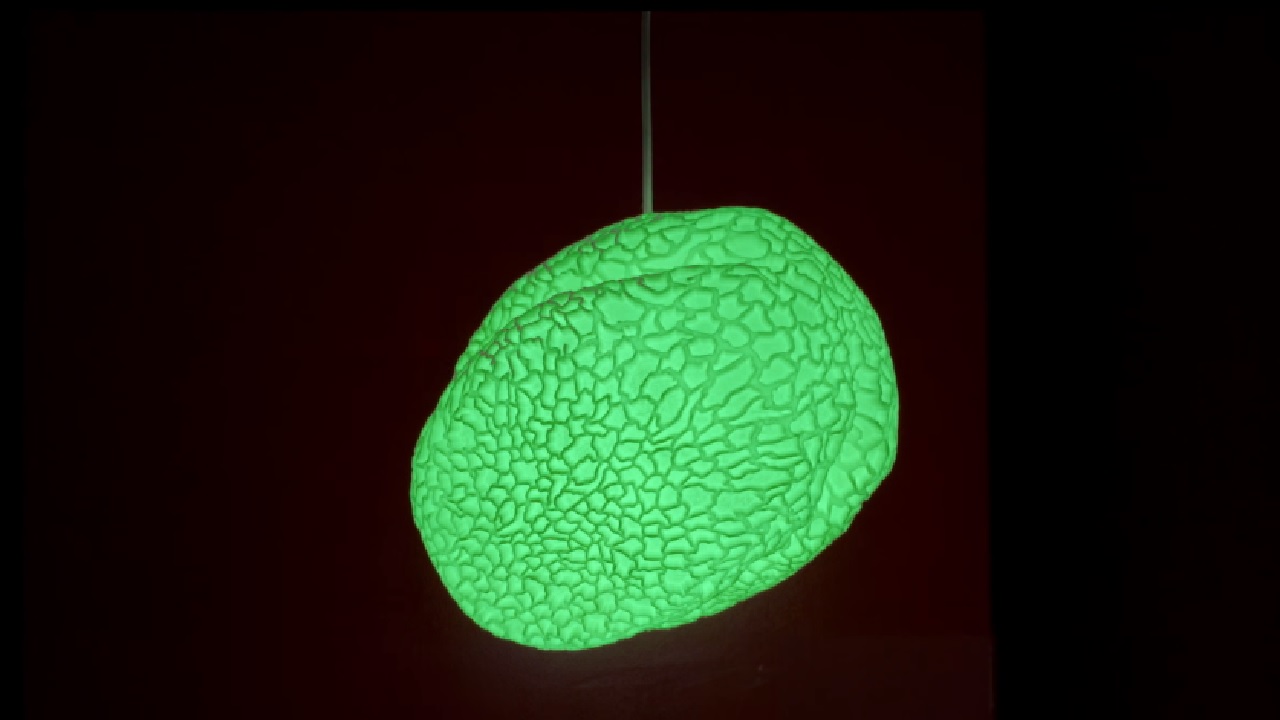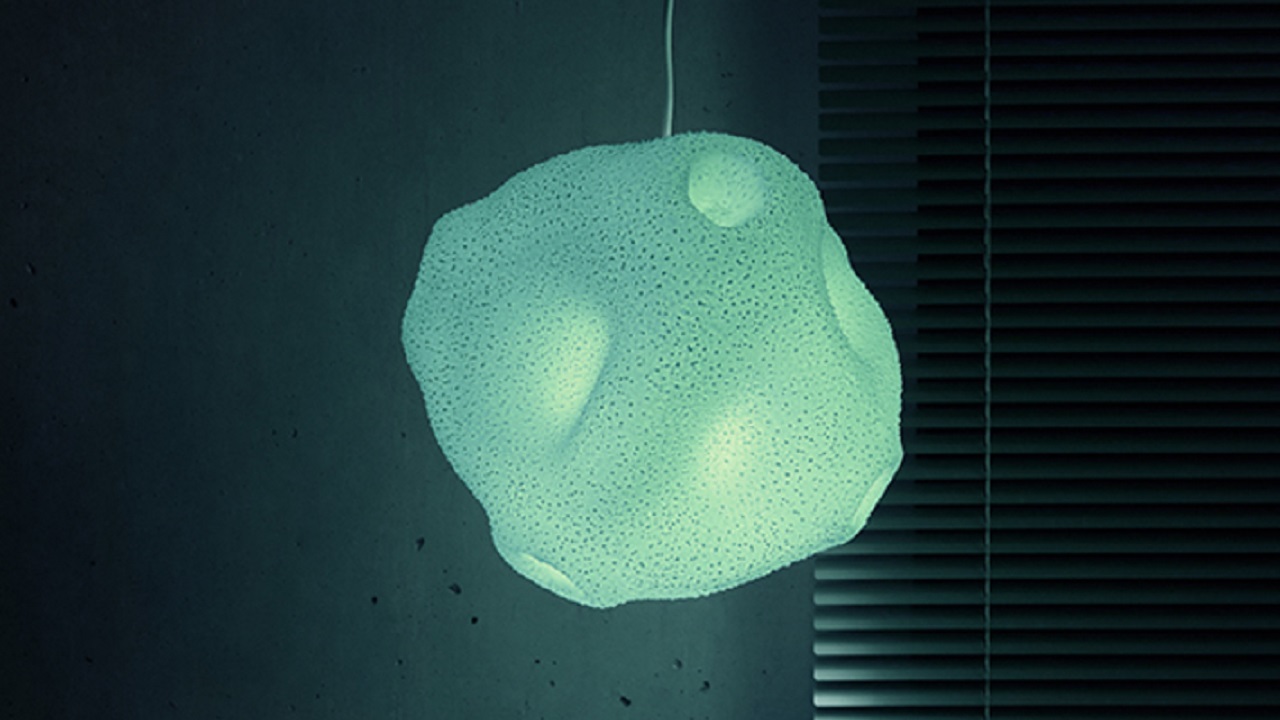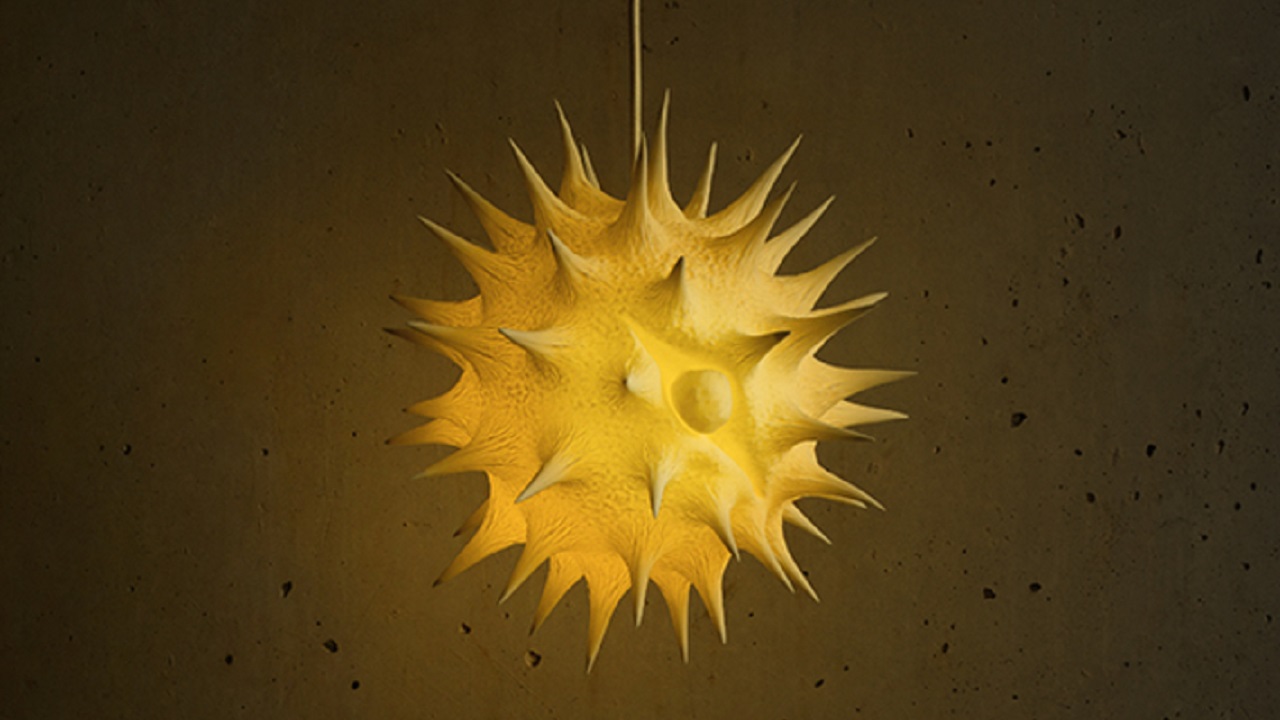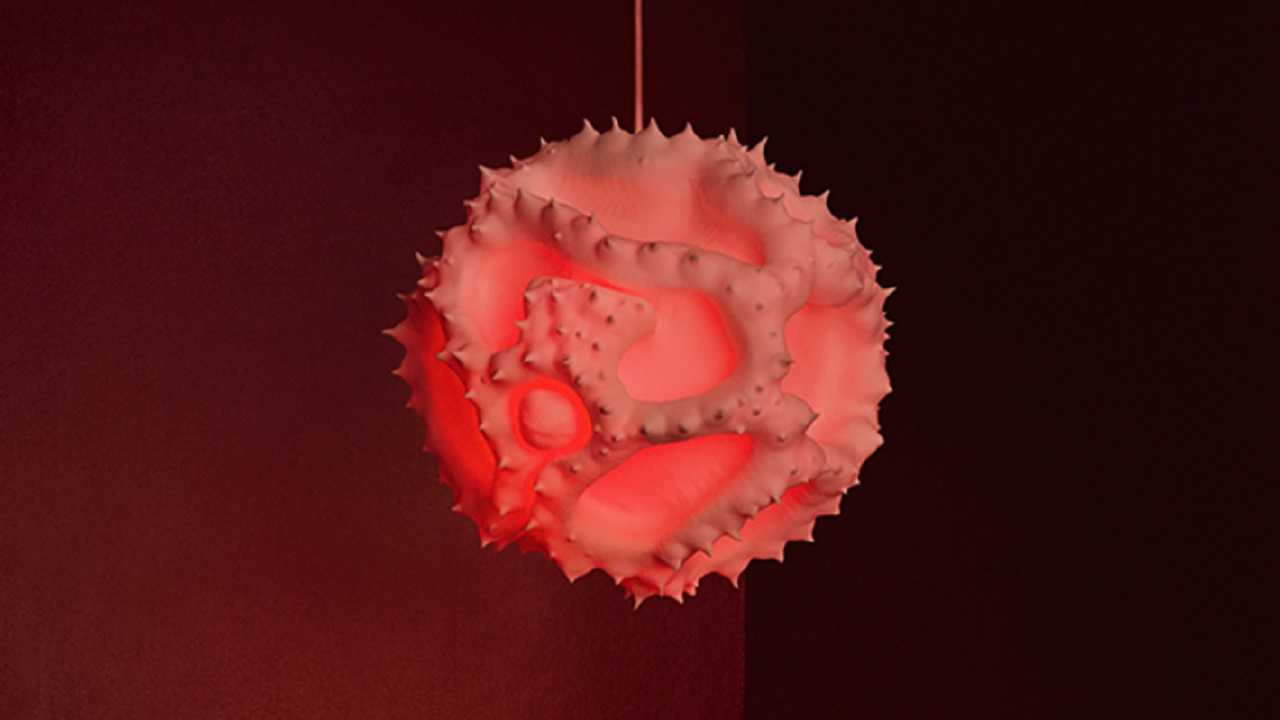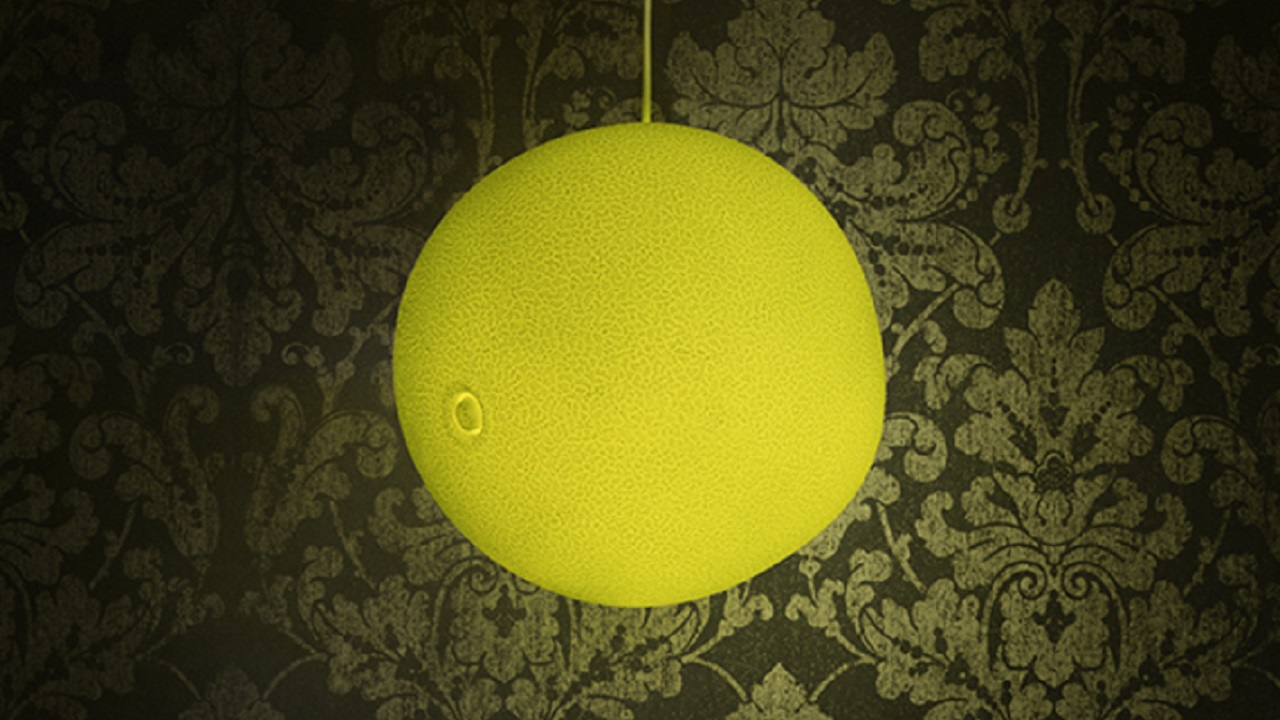Pollen can trigger nasty symptoms to people with allergies, like sneezes, itchy and runny nose, or inflamed and watery eyes. More than 20% of Swiss population suffers from hay fever. During the peak of the allergy season, people try to avoid outdoors, simply because they don’t want to take an extra risk that can trigger the unpleasant symptoms of the illness.
Many people with asthma or allergies think of their home as a fortress, a divine space that offers them protection against pollen. Unfortunately, such assumptions are wrong, because these particles can be carried inside one’s house very easily.
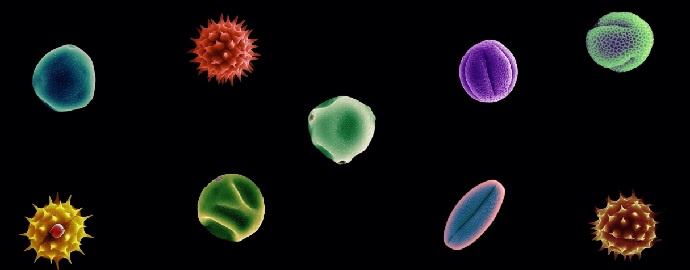
To make Swiss people aware that allergies can be activated even indoors, Publicis Switzerland worked closely with two designers, Roman Jurt and Michael Kennedy, from the Zürich University of the Arts and unraveled the “Pollen Lamps” campaign that creatively promotes the allergy relief products of pharmaceutical company Sanofi.
Natural pollen grains were a major source of inspiration for the Swiss Art Director at Publicis, Regine Cavicchioli, and the rest of the team. First, the crew investigated the small organisms through a microscope. They discovered six types of the most common pollen species: ash, birch, grass, ambrosia, sunflower, and dandelion.
To build the spectacular lamps, the team took the 2D images of the pollen grains, and using 3D printing techniques, they molded the images into beautiful furniture pieces that emit warm lighting due to the color-changing light bulbs placed inside the nicely-shaped shells.

The extraordinary colors and unconventional casts forms of the natural particles were transformed into impressive art objects that should simply please the aesthetic sense of almost everyone.
Thanks to the team’s effort, the super-tiny particles of Ambrosia, Frazinus, Betula, Helianthus, Taraxacum, and Poaceae are now easily visible to everyone.
The colored lamps were displayed at various locations, such as bars, work spaces, restaurants, fitness clubs, furniture shops and, of course, at points of sales, only to make people aware of the fact that pollen exists within their houses too, and not only in their backyard.
Each lamp was accompanied by a label that displayed a particular type of pollen and its real dimensions; while on the back of it consumers were introduced to the corresponding anti-hay-fever product from Sanofi.
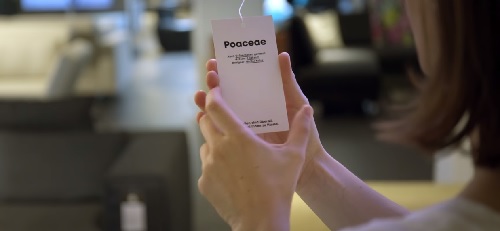
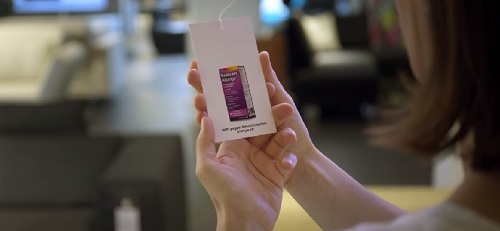
Now people not only know how pollen looks like, but they also can hang them in their homes, without posing any risks to their health. Because of high demand from the public, the decorative lamps can now be ordered online from pollenlamps.com web page, where the prices of the complex structures range from €471 to €1,473.
“Nature is really complicated, especially in the shapes and forms of their own surfaces. […] We tried to capture the 2D images into a 3D shape, which we modeled on the computer,” said Michael Kennedy during the video which captured the way pollen lamps were made. The other artist, Roman Jurt, kindly added that they “reversed engineered nature, and [they] both find the result to be very, very aesthetic.” Do you? Let us know in the comments! Or just watch the ‘Making of’ of the ‘Pollen Lampen’.
Credits:
Client: Sanofi
Advertising Agency: Publicis, Zurich, Switzerland
Product: Pollen Lamps
Chief Creative Officer: Thomas Wildberger
Creative Director: Michael Brauchli, Urs Schrepfer
Art Director: Regine Cavicchioli
Copywriter: Christian Stüdi
Photographer: Pascale Weber
Additional Credits: Roman Jurt, Michael Kennedy
Designer: Régine Cavicchioli
Production Company: Prodigious
